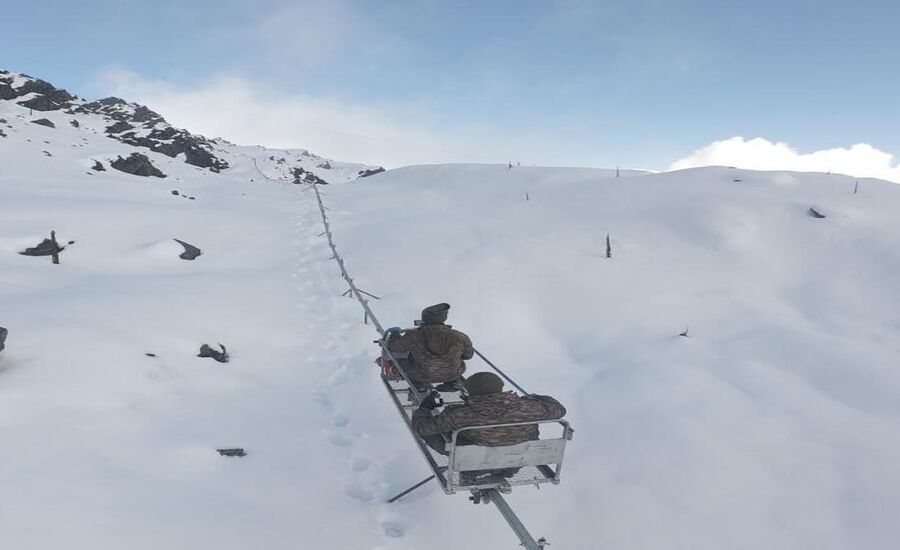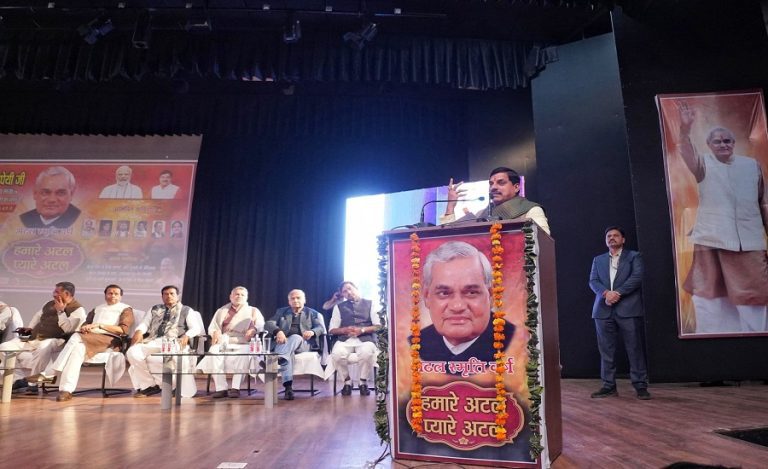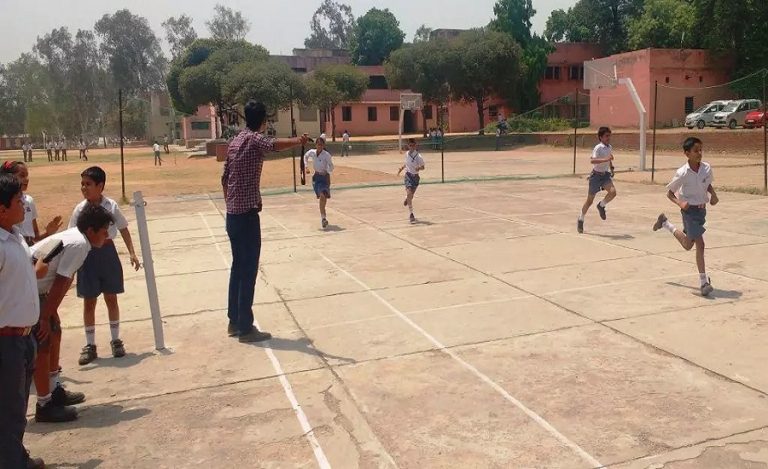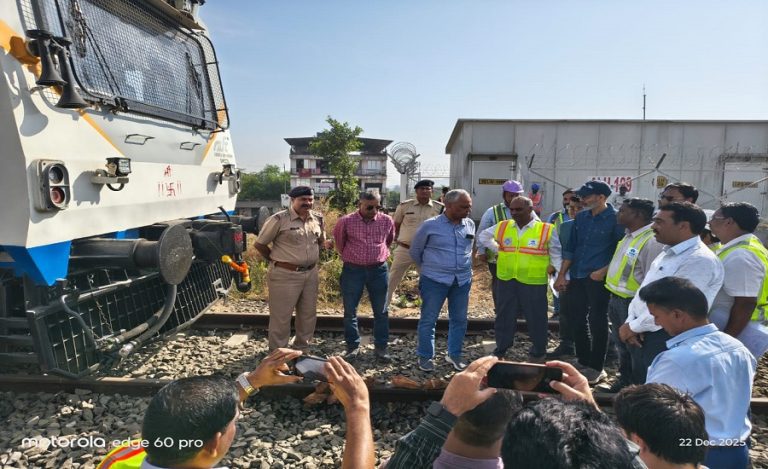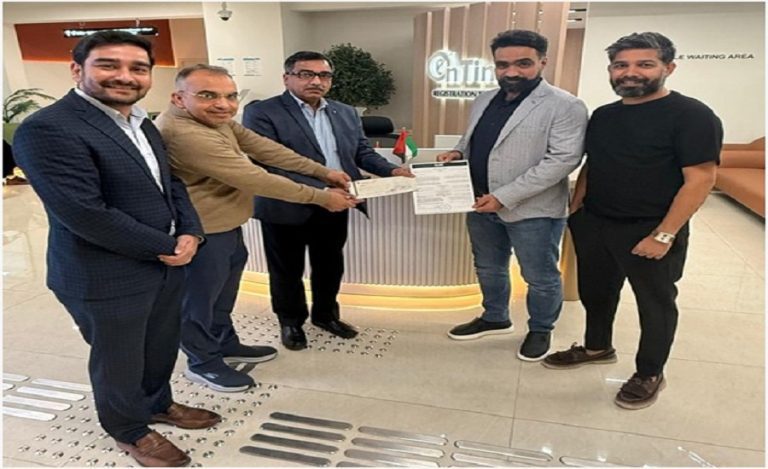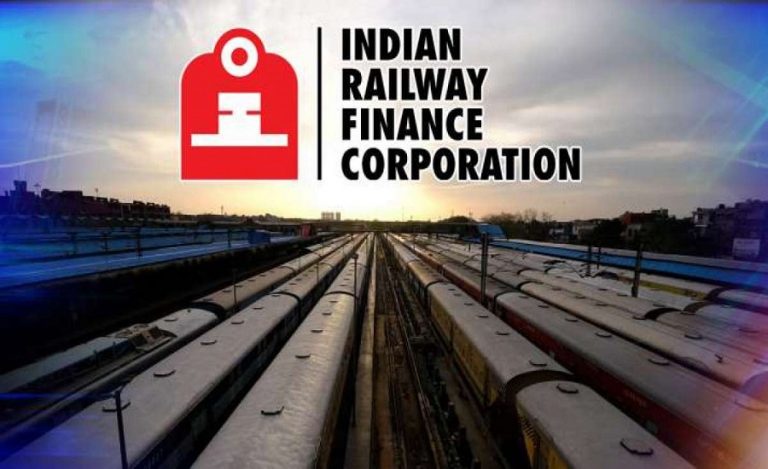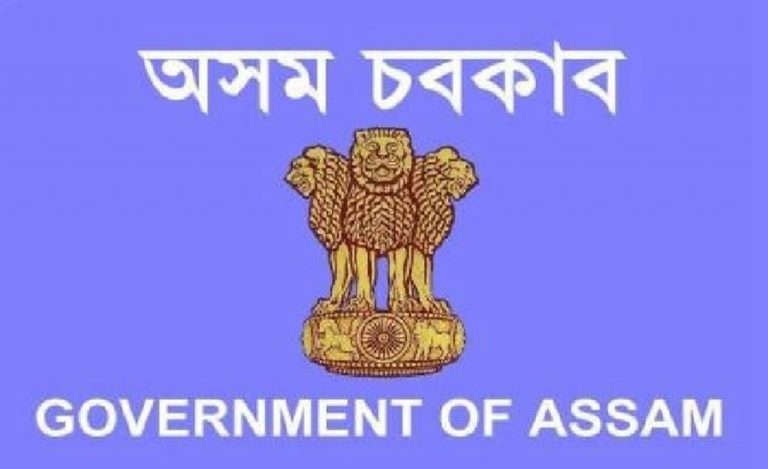In the unforgiving heights of the Kameng Himalayas, where roads vanish and weather becomes an adversary, the Gajraj Corps (also known as the IV Corps) of the Indian Army has achieved a major breakthrough. The Corps has deployed an indigenous high-altitude monorail system at an elevation of approximately 16,000 feet in Arunachal Pradesh, aimed at ensuring faster, safer and uninterrupted supply to forward-deployed troops.
Background of High-Altitude Monorail System
The terrain along India’s eastern Himalayan frontier is among the toughest for logistics and operations. Sheer cliffs, snow‐bound passes, low oxygen, and narrow footpaths often cut off forward posts from essential stores.
In the Kameng sector of Arunachal, these challenges are acute. Traditional transport methods—personnel carrying loads, mule trains, porters—face severe strain, risk and delay.
The need for a reliable supply line that can function day and night, irrespective of weather, has thus become a strategic imperative.
About the Gajraj Corps
While the deployment of the monorail is attributed to the Gajraj Corps, a statement from Lt Col Mahendra Rawat reported the system’s operational attributes: “It ensures the smooth movement of mission-critical stores, ammunition, rations, fuel, engineering equipment and other heavy or awkward loads across steep, unstable gradients where traditional transport methods often fail.”
The IV Corps was re-raised in October 1962 at Tezpur, Assam, and commands multiple mountain divisions including the 5 “Ball of Fire” Division and the 21 “Red Horn” Division.
The Innovation: High-Altitude Monorail System
The newly deployed monorail system is entirely conceptualised and engineered by the Gajraj Corps. Key features:
- Designed to operate at up to approx. 16,000 ft elevation.
- Capable of transporting over 300 kg of load in a single run.
- Fully operational day and night, with or without escort, and designed to function even during hail, storm or snow.
- Serves dual purpose such as supply delivery and rapid casualty evacuation in remote posts where helicopters or foot evacuation are impractical.
Importance & Implications of High-Altitude Monorail System
This deployment has multiple major implications:
Logistics Efficiency: Reliable and continuous supply to remote posts increases operational readiness and morale of troops in harsh terrain.
Risk Mitigation: Reduces physical strain on soldiers and porters who previously transported loads on narrow trails with high risk of avalanches, rock-slides and low oxygen.
Strategic Edge: In a region of heightened attention along the LAC (Line of Actual Control), infrastructure like this enhances India’s ability to sustain forward deployments.
Innovation Show-case: Shows indigenous defence engineering and adaptability of the Army to terrain challenges rather than simply importing solutions.
Civil & Rescue Utility: While primarily military, such a system could pave way for future civilian or disaster‐relief use in high-altitude regions.
Key Challenges to Watch
Despite the breakthrough, several challenges remain:
- Harsh climatic conditions – extreme cold, high winds, snow accumulation may affect mechanical systems, maintenance efforts will be intensive.
- Accessibility for installation and upkeep – remote deployment means support infrastructure must be similarly robust.
- Scalability – Need to assess whether similar systems can be deployed across other high altitude areas and their cost-effectiveness.
- Integration with other supply chains – The monorail must coordinate with air, road (where available) and porters to ensure seamless logistics.
Way Forward
To maximise the value of this innovation, the following steps could be pursued:
- Monitoring & Data Collection: Real-time data on loads, weather impact, downtime should be collected to optimise performance.
- Expansion & Replication: Similar monorail systems should be evaluated for other critical high-altitude sectors across LAC.
- Maintenance Ecosystem: Develop local maintenance stations and train troops/engineers in upkeep under extreme conditions.
- Dual-Use Development: Explore possibilities of using the system for civilian relief, medical evacuation in remote Himalayan communities.
- Technology Upgrades: Incorporate automation, remote monitoring, energy-efficient power supplies (solar/ battery) to further enhance reliability.

